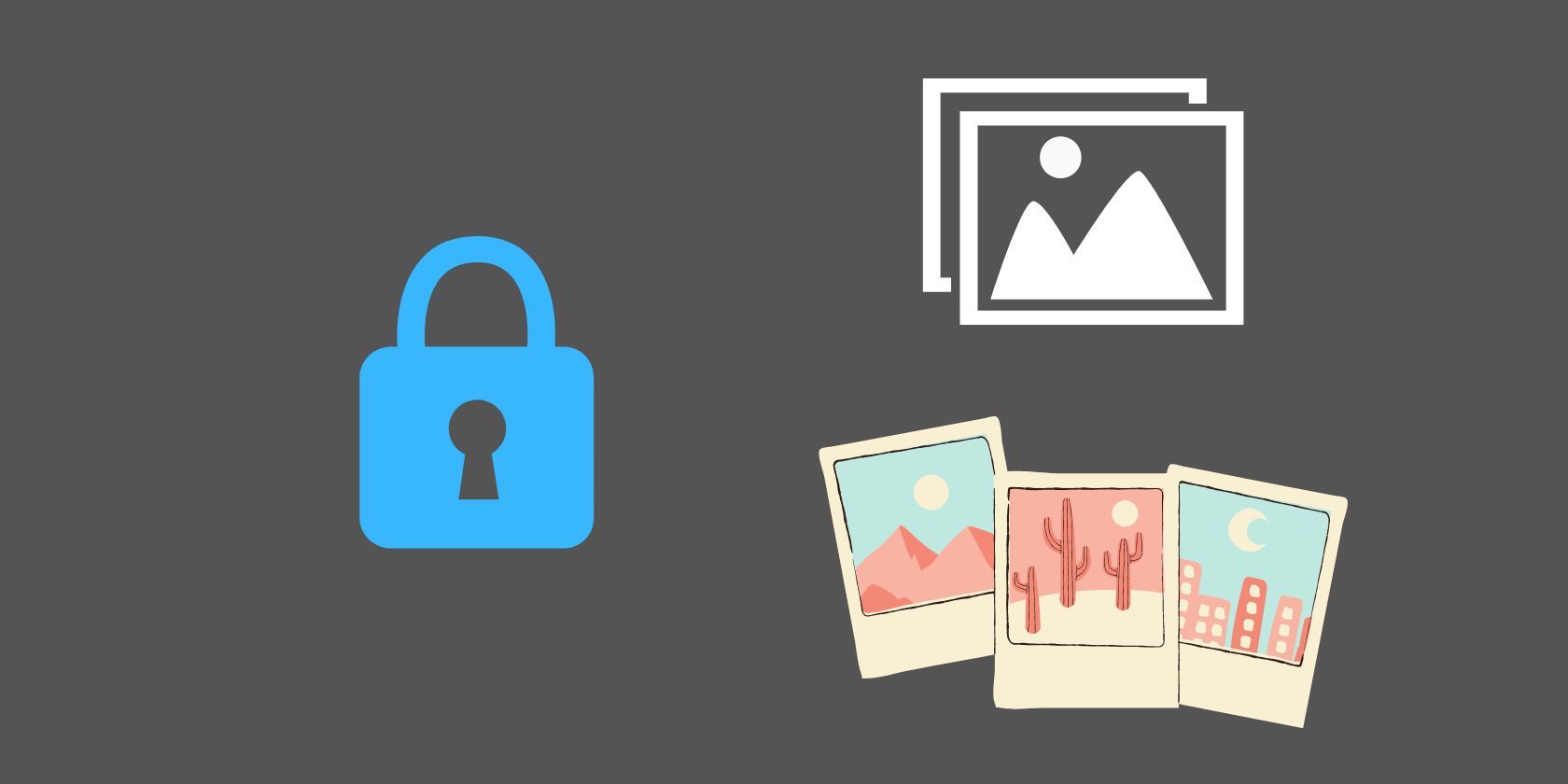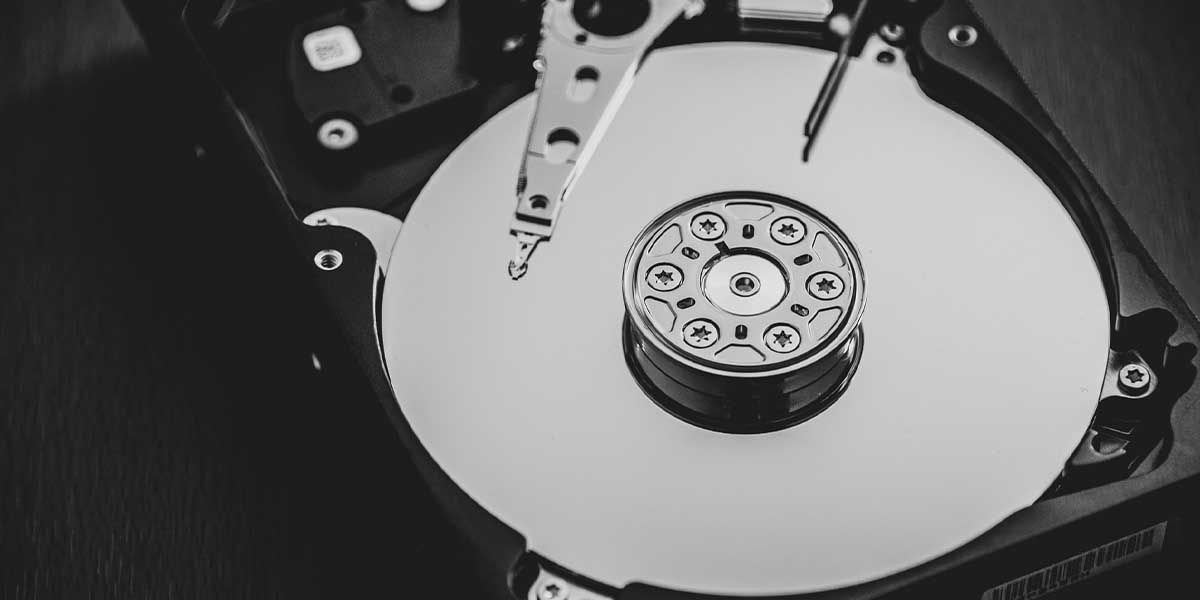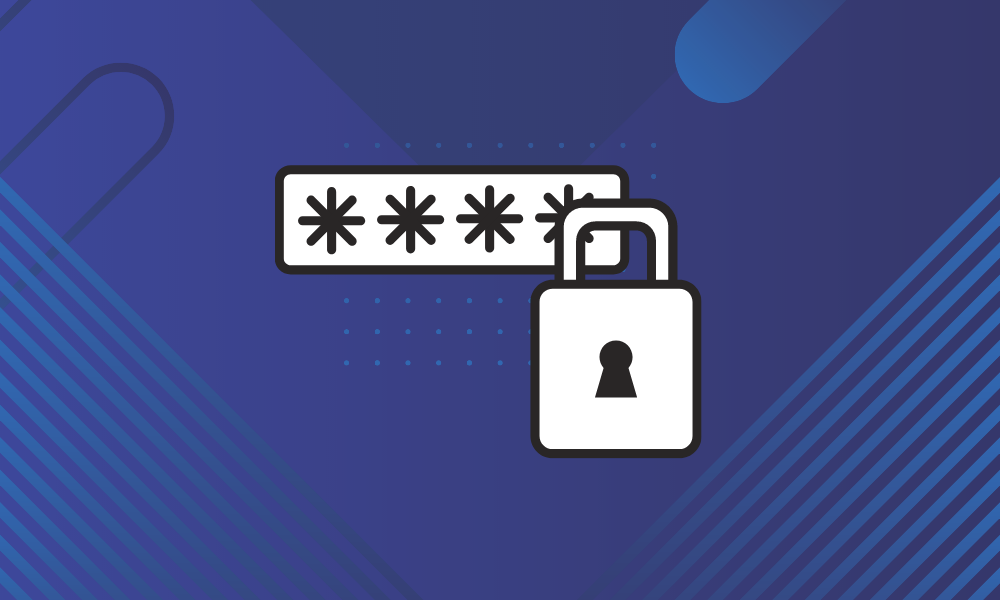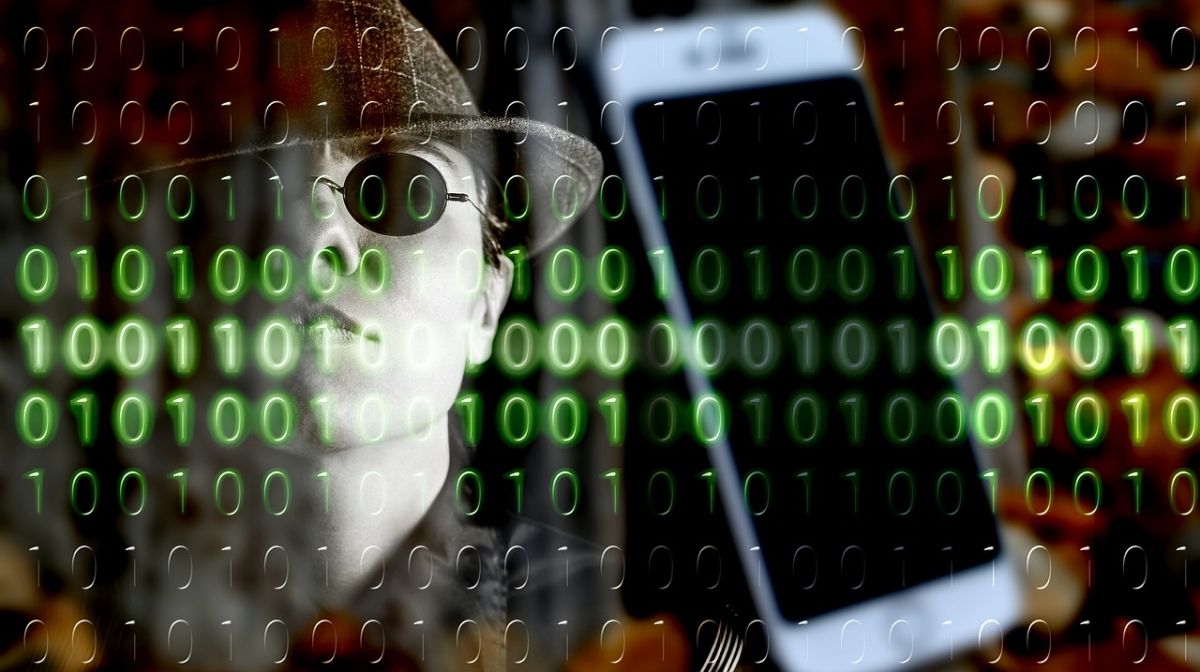Photos help capture the best moments of our lives. But, if you want to keep them private, it is essential to store them securely. This enhances their, and your, privacy. Even if you share all your photos online, it is wise to have a secure backup of them.
While there are cloud services that help you upload photos and secure them, you can opt for various other methods. Here are some convenient ways to secure your photos.
1. Use an External Hard Disk Drive or a Solid-State Drive
The most cost-effective method to securely store your photos is to organize them locally in an external storage drive.
Considering it as an offline storage mode, you do not have to worry about malicious attackers via the internet. Furthermore, you can take the storage drive anywhere with you and do not need internet access to check your photos or show them to someone.
You can choose to encrypt the entire drive for enhanced security. Note that encrypting the drive could affect the performance, and you will likely have to enter the password every time you access it.
2. Use a Network Attached Storage Device
A Network Attached Storage (NAS) is an on-premise storage solution with optional cloud services. It is tailored for businesses or professionals with a massive collection of photos and videos to store.
However, you can also use it for personal use if you want a robust backup solution for all your files and photos. Unlike a traditional hard disk drive, a NAS device includes a cluster configuration where redundant copies of your data are preserved for additional safety. Unless the device goes through severe physical damage, you can rely on it for a long time.
Synology NAS is one of the most popular options in the market. The Synology DS220j is great for beginners, for example. You can explore more options that provide warranty and recovery services.
And you can use cloud services linked and supported by NAS devices to keep a cloud backup of your local storage. The cloud services offer encryption and other essential security features to help you keep them private.
3. Encrypt Photos on Your Computer
You can choose to encrypt the files using software (which we recommend) or choose not to if there are no risks of unauthorized access to your files.
Tools like Cryptomator help you encrypt your files. Note that you can access these types of tools on mobile as well, but they may not be free to use. And some third-party options may not work as you would expect.
You can encrypt a folder or individual files. It is ideal to create a folder with your collection and encrypt it. To proceed, you need to create a master password to decrypt the locked files. Make sure you create a complex password and, if you must, note it down in a safe place, in case you forget it.
Without the password, you cannot recover your photos. So, you need to be careful with the password when you encrypt your photos.
Encrypting the photos adds another layer of security. Even if your files get compromised, one cannot access them without your master password.
4. Use a Secure Cloud Storage Service
Encrypting your photos, creating a password, and having a copy of them sounds like a lot of work. Additionally, you need to ensure that your encrypted files are backed up regularly (to a cloud service or a NAS). Nonetheless, it's worth it for peace of mind.
If you do not want the hassle, you can automate the encryption process by uploading the photos to a good cloud storage service. A couple of secure cloud storage services offer end-to-end encryption and privacy-respecting features. By using such a service, you can keep your files encrypted, and have a cloud backup at the same time. With end-to-end encryption, the service provider (and their employees) cannot access the files.
You can use a cloud storage service across multiple devices (including smartphones), which should be useful. However, it is always a good idea to investigate the privacy policy of those services to check if you can trust them and learn how they protect your data.
Additionally, like a master password for your encrypted files, you need a strong password to secure your online account. A password manager can help make things convenient.
5. Create Your Server
If you hate local storage and do not trust cloud storage services, take control of your data with your own server.
You can create a server (on-premise or in the cloud) and deploy software like Piwigo or Nextcloud to upload and manage your photos. With this option, you get to control your data, keep it private, and organize it as you prefer.
However, one needs time and technical expertise to create a server, whether that's locally or a cloud-based server. If you are ready for it, you can go with this option. As per your technical expertise, you will have numerous ways to secure your data.
Note that this is not a recommended for everyone; only for the tech-savvy.
6. Encrypt Your Mobile Device
While it is easy to use a secure cloud service, you can also use your smartphone to keep your photos secure.
Almost all modern Android devices have encryption enabled by default (for internal storage). If you are using a microSD storage expansion, you can head to the device settings and encrypt it. Note that you should expect a performance hit with encryption enabled.
With an iOS device, you need to set up a passcode to enable data encryption. Either way, there are plenty of ways to hide photos on your phone.
As long as you do not share the photos with anyone and keep your device safe from unauthorized access, encrypting your phone is a good choice.
Protect Your Photos to Preserve Them and Enhance Privacy
Whether you want to create a secure archive for your photos, or want to protect them from malicious attackers, it is easy to secure pictures or whole galleries.
Choose a secure place for your photos using the method that sounds comfortable to you.





